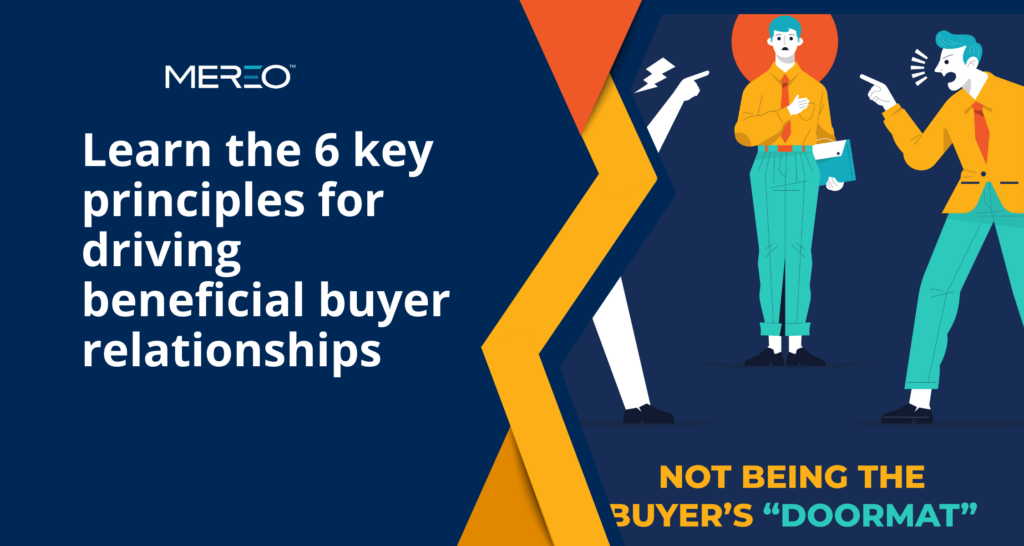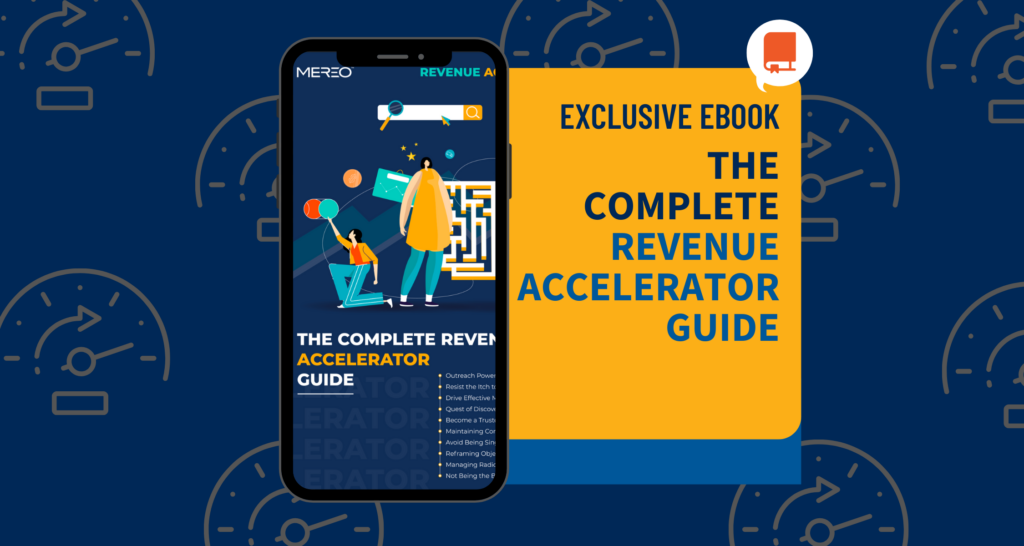Being the “doormat” of the buyer during the sales cycle is a crude way of describing a situation where the seller has little to no control over the relationship. As a result, you are at the mercy of the buyer’s demands, often to their detriment.
These normal and capricious demands may lead to deadlocks and challenging situations — now and in the longer-term relationship as they transition to a client.
HOW TO AVOID BEING THE BUYER’S DOORMAT WITH SEEK TO SERVE™
Why does this matter to the buyer?
When you always say yes to the buyer, especially when they voice unrealistic demands, it can be crippling for them. Why? It may result in a solution that, while perceived as affordable or aligned to their best need, is not sustainable.
In the longer term, that leads to unexpected costs for the buyer, and they may cut ties with the seller. Worse case, the seller becomes financially crippled due to over-demanding commitments. Sellers bowing to these pressures often find they end-up creating multiple customized paths that are unscalable and / or unstable, reducing investment in future solution releases and putting the client behind their competitors in terms of capability and productivity. So, beware of a short-term gain creating a negative longer-term impact.
Why does this matter to you, the seller?
If you let the buyer dominate the relationship completely, it can lead to a loss of respect for you, your organization and the expertise provided. Buyers may value your solution less if they feel you have no backbone. Accepting unique buyer terms, solution designs, delivery approaches or pricing can create internal inefficiencies that add cost, reduce product competitiveness and create chaos when or if significant service issues arise.
Research consistently reveals buyers seek out and want to engage with sellers who bring relevant market insights and new perspectives on how to solve problems. Furthermore, when a seller is constantly bending over backward for unreasonable buyer demands, that can lead to reduced profitability, because it necessitates spending a disproportionate amount of time and resources dealing with them or offering too many discounts. In that case, it is not uncommon for the buyer to dominate the relationship, and you lose the price negotiation battle. Lastly, being overly submissive in the buyer-seller relationship can lead to increased stress and burnout for you and the sales team.
How does it improve your chance of winning?
A seller may win the “battle” with the buyer by caving to the buyer’s demands but ultimately lose the “war.” Why? The real victory is sustainable revenue performance — a win-win for both sides because it is based on mutual value and forging a true, long-standing partnership.
LEARN THE 6 KEY PRINCIPLES FOR LEADING BUYER RELATIONSHIPS
A healthy buyer-seller relationship is important to all involved parties over the long run. At Mereo, we have developed six key principles for respectfully and expertly leading win-win buyer relationships.
Get our revenue performance accelerator how-to cheat-sheet for not becoming the buyer’s doormat today and share these leading practices with your sales force.
Leading buyer relationships effectively is just part of the greater whole. Your sales force needs the right skills and behaviors for each of the 10 critical steps in the sales process to lead your buyers to a deal.
EARLY STAGE
- Prospecting Power Moves
- Resisting the Itch to Pitch
- Driving Effective Meetings
- Performing the Quest of Discovery
MID-STAGE
LATE STAGE
- Reframing Objections
- Managing Radio Silence
- Not Being the Buyer’s “Doormat”
Download the complete Revenue Accelerator guide here.
Reach out to our experts to learn how we can help boost your sales team’s skills and accelerate your revenue performance.


